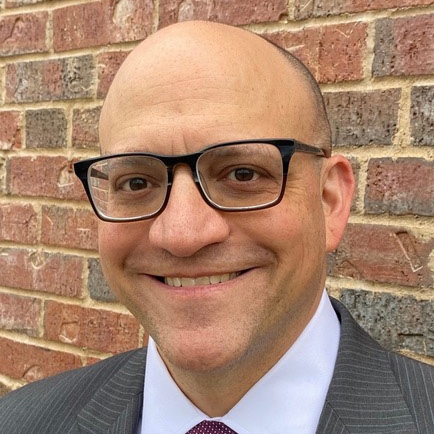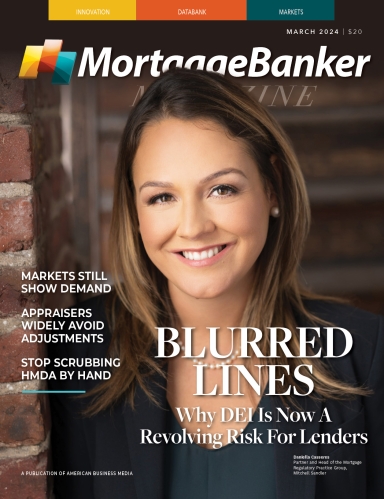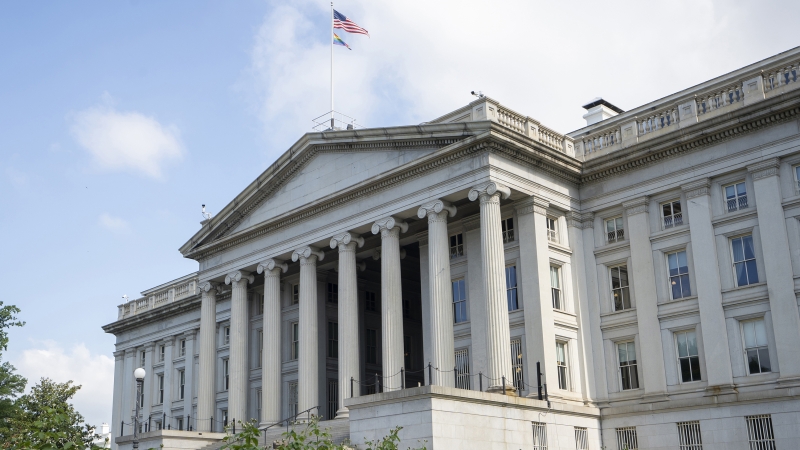In fact, Casseres says she usually sees the opposite: most salespeople just want the sale, no matter where the loan comes from.
“If there was documentation showing a prospective applicant was considering applying for a mortgage but didn’t apply because somebody made some sort of racial commentary to them,” Casseres posits, “I think that would be legitimate.” But, she continues, “I haven’t seen much of that, to be honest.” Instead, what she sees at IMBs are emails between employees with similar political views, or else, inboxes full of spam about controversial issues. Having employees with those views does not entail discriminatory lending or a discriminatory company culture.
Recently, though, Casseres is seeing more pushback from clients as regulators grow more aggressive. “People are just starting to get more emboldened about how to defend themselves,” she says, explaining the shift, “because somebody has to.” The SFFA decision portends a worrying spiral, though. Casseres expects pressure from regulators and the GSEs to lend in specific geographic areas to increase, “and potentially to even lend based on race or ethnicity.”
Where Does The Buck Stop?
With the SFFA decision in mind, it is “very possible” that the CFPB could “now come back and question race-based lending programs under this new light,” says Casseres. “There is nothing in the law that technically prevents them from doing that,” raising the question: are lenders liable for engaging in race-based lending if regulators encourage them to do so?
That legal question hasn’t been tested in lending. Direct liability for racial discrimination depends on which non-discrimination or fair lending law has allegedly been violated and the entity that brings the lawsuit, says the American Civil Rights Project’s Morenoff. A borrower could claim in a lawsuit, he says, that the regulatory carve-out for race-based, special purpose credit programs, allowed for under the ECOA, is unconstitutional.
Alternatively, Morenoff says the mortgage industry should be paying close attention to “Section 1981” of the Civil Rights Act of 1866, which prohibits racial discrimination in contracting, such as for employment or loans. “If you are trying to avoid potential liability, you should not assume that you can engage in any race-based contracting, not internally, not externally.”
Instead, lenders should adopt the standing presumption that all race-based decisions involving contracting are illegal, which would include contracts for employment and mortgage lending. Here, the regulatory carve-out that allows for race-based lending programs under the ECOA appears particularly vulnerable, says Morenoff.
The Fair Housing Act (FHA), administered by the Department of Housing and Urban Development (HUD), includes a blanket ban on racial discrimination in mortgage lending, which the ECOA reiterates with one important distinction: the ECOA has an exception that allows lenders to engage in race-based lending if regulators approve. This carve-out provides only the shakiest of foundations for the government to approve race-based lending, Morenoff thinks.
He reads the ECOA exception like this: “You may put in writing a program to allow you to discriminate based on race if you think that it would improve the access of a group that would otherwise not be so good to credit, and you’re doing so not to get around the generalized prohibition on discrimination based on race. But, you’re only ever writing that because you’re creating a program to discriminate based on race.” As the regulation is written, “literally nothing” can qualify, he says. “Is that constitutional? There’s a very strong argument that it’s not.”
Even more problematically, Morenoff adds, is how HUD administers the FHA by piggybacking off of the CFPB’s regulatory carve-out in the ECOA. He cites a guidance document published by HUD in 2021 that effectively hangs HUD’s regulatory hat on the CFPB’s statutory peg. “It’s very hard for me to imagine how that guidance document from HUD could possibly withstand scrutiny if that ever gets litigated,” he says. “But again, you have to actually have someone litigate it.”










